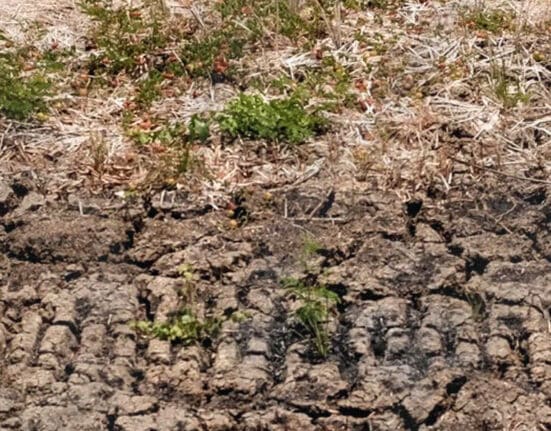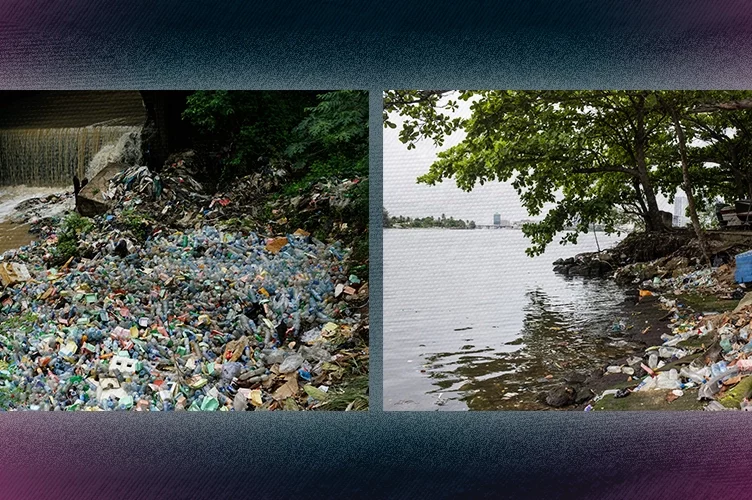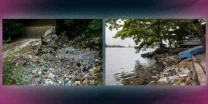The Department of Interior and Local Government (DILG) on Wednesday ordered local government units to prepare for the adverse effects of the El Niño phenomenon after the state weather bureau said it may emerge in the next three months.
DILG Secretary Benjamin “Benhur” Abalos Jr. has issued a memorandum circular calling on all local chief executives to take action and to sustain mitigating efforts to address the drier conditions associated with El Niño.
Government mitigation efforts include:
- Enacting ordinances to curb illegal connections and encourage prudent water usage
- Allowing water concessionaires and water utilities to conduct emergency leak repairs
- Lifting of government coding schemes with respect to water tankers used by water concessionaires so that they could address their customers’ water supply needs
- Implementing and updating existing contingency plans related to El Niño
- Stockpiling of relief goods (food and non-food items) for immediate relief assistance
SUGGESTED STORIES:
Joey De Leon: “Mahal namin ang Showtime.”
ITINANGI ng Kapuso noon-time show ‘Eat Bulaga’ host na si.
Rising problem with sachets and tingi culture in PH
AS PER the 2023 Global Break Free From Plastic Brand.
Ghibli Fest coming to Quezon City this weekend
Be ready to explore the world of Studio Ghibli for.
The DILG likewise directed the local officials to conduct massive information, education and communication campaigns on fixing water leaks, maximizing rainwater harvesting and storage, setting the temperature of air-conditioning units between 22 to 25 degrees celsius, and implementing water conservation measures.
The memorandum circular provided basic water conservation tips that individuals could follow to save water. These include the following:
1. Turn off the faucet while brushing your teeth and using a glass instead.
2. Remove all leftover foods before washing the dishes. Wash them using a small basin. Store and reuse the final rinse water to flush toilets.
3. Store and reuse laundry water to clean floors, flush toilets, etc.
4. Water plants early in the morning or late in the afternoon to minimize evaporation
5. Do not hose down your vehicles. Clean it using a washcloth and pail.
6. Use water-efficient gadgets, such as high-pressure, low-volume hoses and showerheads, faucets with aerators and double-flush toilets.
Abalos said all of these actions could help minimize the adverse effects of El Niño on the country’s agriculture, water resources, marine resources, human health, and environment.
“Conserving water is one of the key actions needed to be taken to mitigate effects of El Niño and as public servants, we must set an example. These precautionary steps, albeit small, can make a big difference that can affect our communities,” he said in a statement.
He also encouraged local governments to coordinate with the Department of Agriculture regional offices for mitigating measures to address El Niño.
These include cloud seeding operations; the implementation of a rotational irrigation scheme and water-saving technology; the strategizing of areas to be irrigated and the reuse of wastewater from drainage canals; the use of solar pump irrigation; the adapting of drought-resistant and early-maturing seed varieties; and the adjustment of the cropping calendar.
Even the Bureau of Fire Protection was instructed to refrain from unnecessary use of water from fire hydrants so that its supply can be solely dedicated to putting out fires.
PAGASA El Niño alert
The Philippine Atmospheric Geophysical and Astronomical Services Administration on Tuesday officially issued an El Niño alert.
The state weather bureau said that continuous monitoring of developing conditions in the tropical Pacific indicated that El Niño may emerge in the coming season, particularly June, July and August, at 80% probability. It may persist until the first quarter of 2024.
El Niño is characterized by usually warmer than average sea surface temperatures at the central and eastern equatorial Pacific.
According to PAGASA, the phenomenon increases the likelihood of below-normal rainfall conditions which could draw negative impacts, such as dry spells and droughts in some areas of the country.












